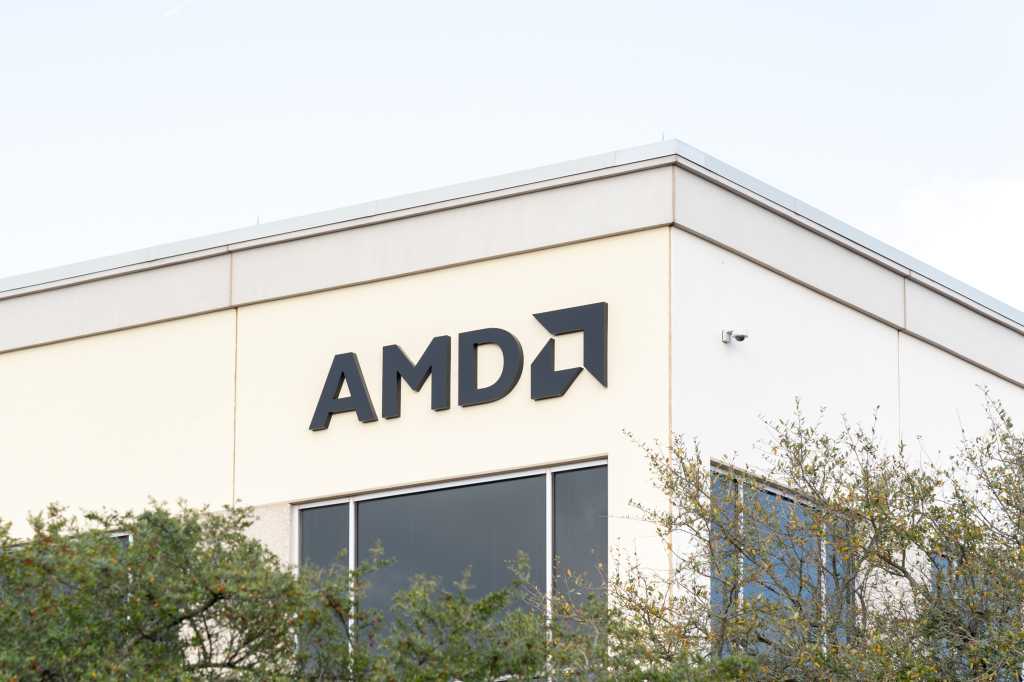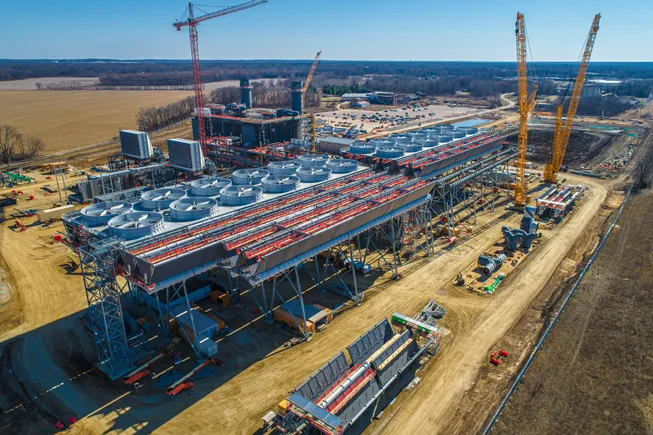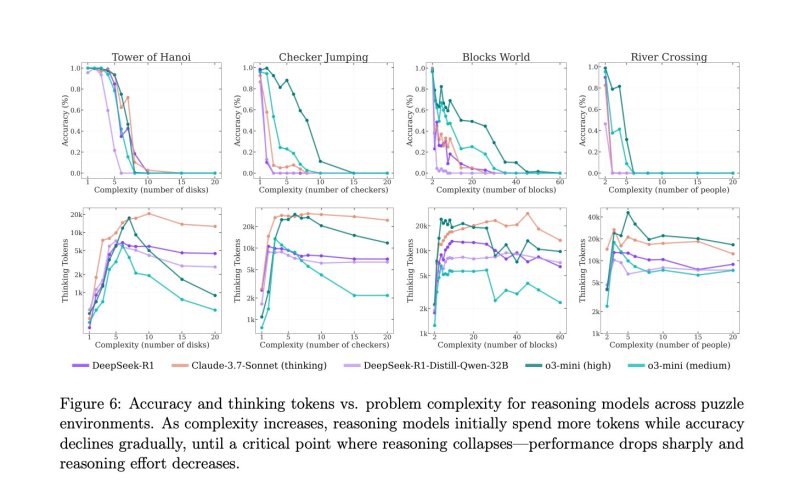
Metz said that from his perspective, 1.0 is more than just a version of a standard doc. In his view it’s a milestone, because a group of companies and organizations have taken a full-stack approach to synchronizing a network to workload requirements.
“Ethernet, a fantastic, general-purpose network designed to be as flexible as possible for as many different types of workloads as you can throw at it, was always assumed to be insufficient for the most demanding workloads because its flexibility worked against it,” Metz said. “The truth of the matter is that – as we found out in UEC – tuning Ethernet for specific workload requirements is hard. Hard, but not impossible.”
Tuning Ethernet requires knowing how and when to break the rule, especially around network layers. Metz said that UEC solves the challenge with open standards. It solves the layer violations with coordination across the layer workgroups, and it solves the problem of being a “net-new” protocol by working closely with ecosystem industry partners (such as SNIA, OCP, IEEE, DMTF, NVM Express).
“So, it’s more than just coming up with a specification, but rather developing a long-term framework for allowing end users the confidence that deploying UEC is not a one-off, isolated plan of action,” Metz said.
Congestion control at the core of UEC
Among the key areas of innovation in the UEC 1.0 specification is a new mechanism for network congestion control, which is critical for AI workloads.
Metz explained that the UEC’s approach to congestion control does not rely on a lossless network as has traditionally been the case. It also introduces a new mode of operation where the receiver is able to limit sender transmissions as opposed to being passive.




















